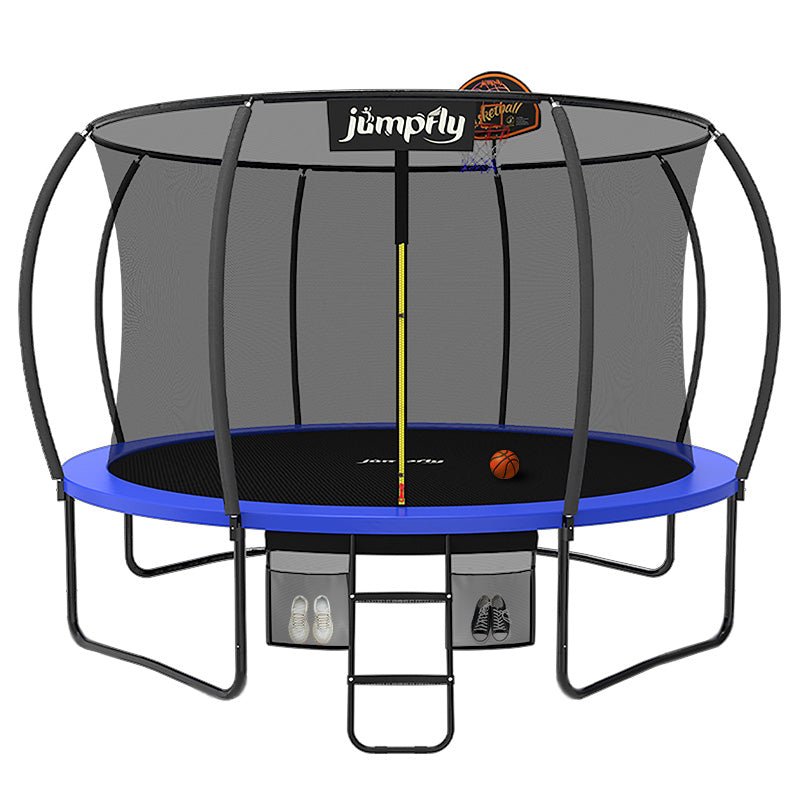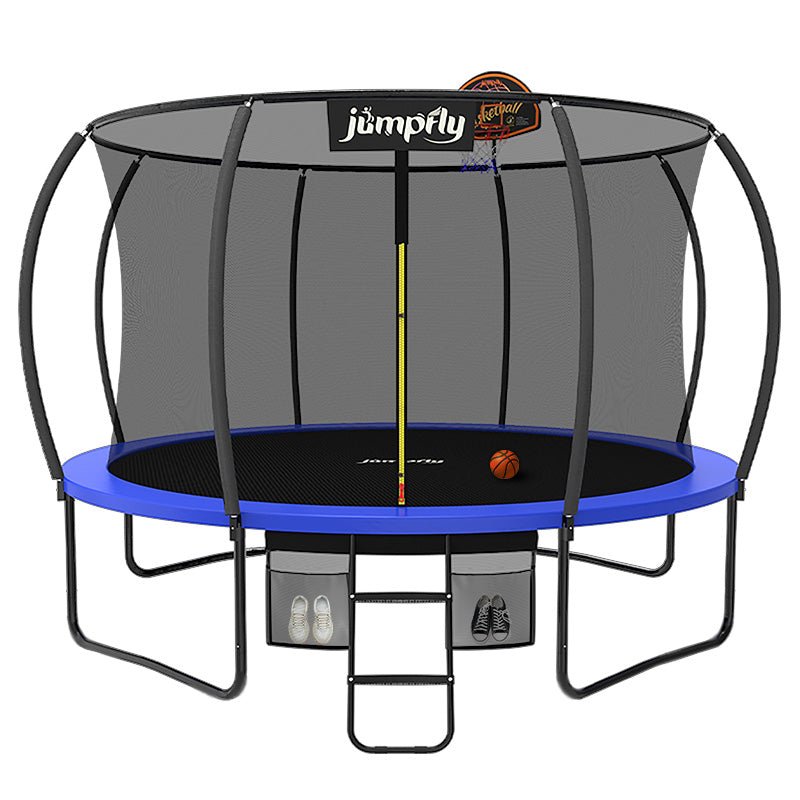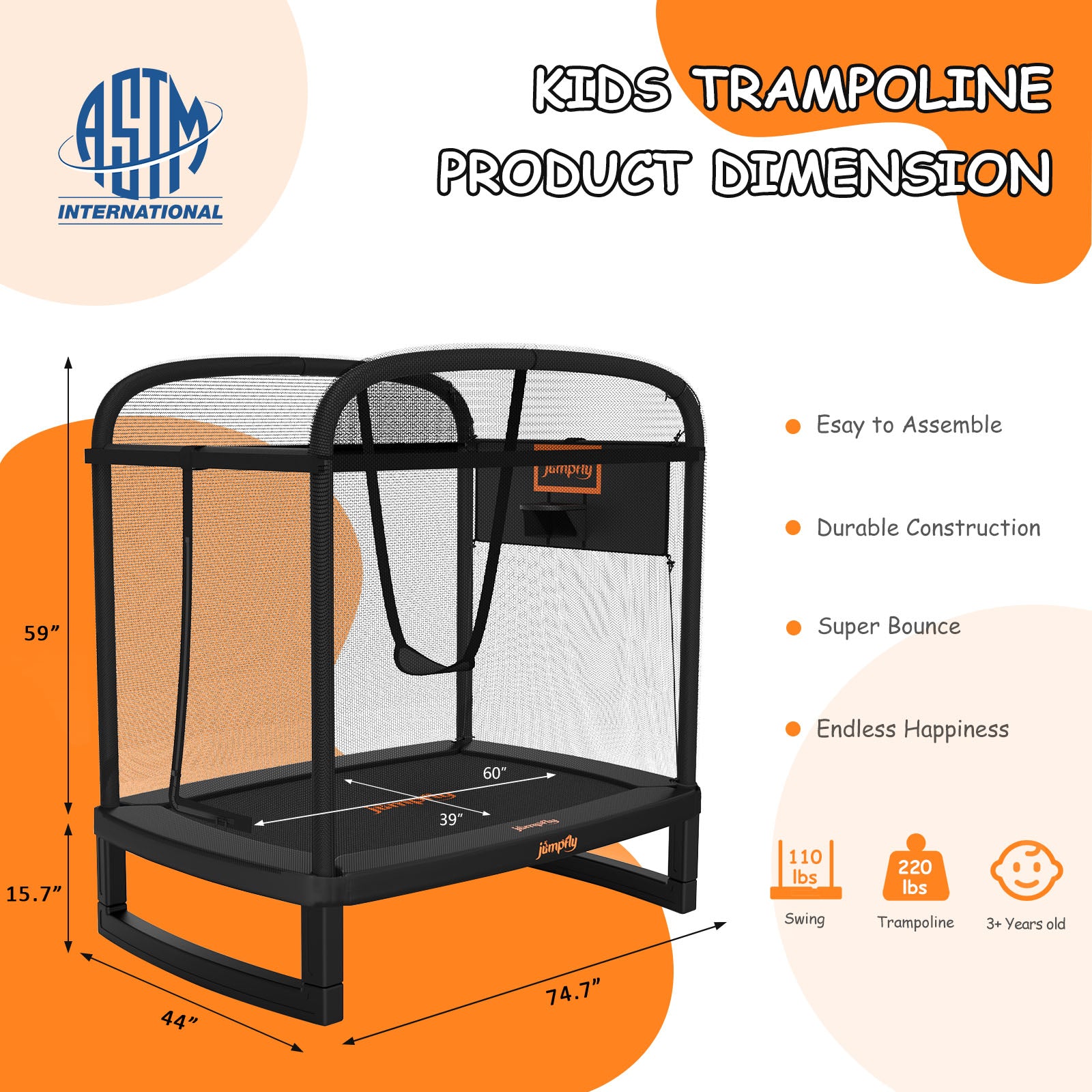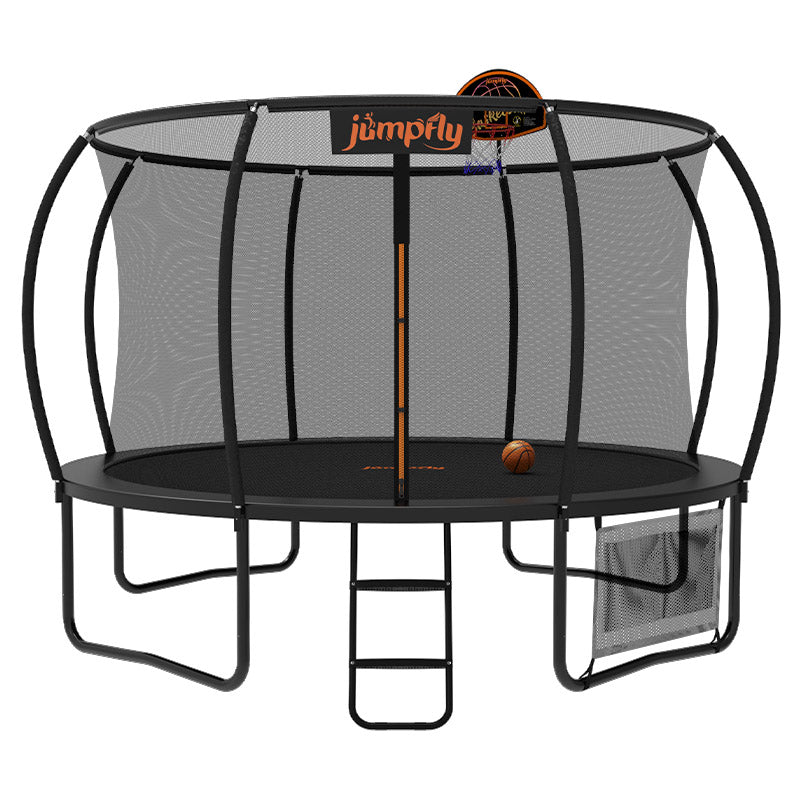Installing a trampoline in your backyard is a fantastic way to get kids and adults active and entertained outdoors. But what happens when your yard isn't perfectly flat? Don't worry! While uneven ground presents some challenges, with careful planning and the right approach, you can create a safe and durable trampoline setup.
This guide provides a step-by-step, professional approach to installing a trampoline on uneven ground, prioritizing safety and stability every step of the way.
1. Selecting the Optimal Location
Safety First: Before you start digging, choose a location that puts safety first. The area should be:
- Free of hazards: Keep it clear of trees, fences, overhead wires, and other obstacles.
- Spacious: Ensure there's enough clearance around the trampoline – at least 2 meters (6 feet) from any obstructions.
Measure Up: Accurately measure the area to ensure it can accommodate the trampoline's size, including any safety nets or other accessories.
2. Ground Leveling Techniques
Assess the Terrain: Identify the high and low points of the area. Understanding the slope and unevenness will help you determine the necessary adjustments.
Excavate High Areas: Carefully remove soil from the high points using a shovel. The goal is to bring these areas level with the lower parts of the ground. Take your time and avoid over-digging, which could destabilize the ground.
Fill Low Areas: If necessary, fill in low spots with soil or sand to create a uniform surface. Use a material that matches the existing ground composition for stability.
3. Constructing a Retaining Wall (If Required)
Create a Level Platform: If the slope is too steep for simple leveling, a retaining wall might be necessary. This structure helps create a level platform for the trampoline and prevents soil erosion. Retaining walls can be built from treated wood, concrete blocks, or stone.
Ensure Stability: The retaining wall must be properly anchored to hold the soil in place. Reinforce the wall with appropriate materials or consider professional installation to ensure it can support the weight and pressure.
4. Preparing the Base
Install a Base Layer: Once the ground is level (or the retaining wall is built), spread a layer of sand or gravel across the area. This base layer improves drainage and provides a firm foundation for the trampoline.
Compact the Base: Compact the base material using a tamper or a heavy object to create a solid, stable surface. This prevents the trampoline from sinking or becoming uneven over time.
5. Assembling the Trampoline
Follow the Instructions: Carefully follow the manufacturer's assembly instructions. Each trampoline model may have specific requirements or recommended tools.
Check for Stability: After assembling the trampoline, ensure it's stable on the prepared ground. Address any wobbling or instability by adjusting the legs or further leveling the ground.
6. Implementing Safety Features
Install a Safety Enclosure: A safety net is crucial for preventing falls and injuries. Make sure it's securely attached and encloses the entire jumping area.
Anchor the Trampoline: If you live in an area with strong winds, anchor the trampoline to the ground using appropriate stakes or anchors. This prevents it from shifting or blowing over.
7. Final Inspection and Ongoing Maintenance
Test It Out: Before anyone jumps, thoroughly test the trampoline to verify its stability and safety. Check that all components are securely fastened and the trampoline is level.
Maintain Regularly: Periodically inspect the trampoline for signs of wear and tear, especially after harsh weather or heavy use. Ensure the ground remains level and the trampoline is secure to extend its lifespan and keep users safe.
Installing a trampoline on uneven ground requires careful planning and attention to detail. By following this guide, you can create a safe and enjoyable trampoline experience for years to come. Whether you're a DIY enthusiast or a professional installer, these best practices will help you achieve a successful and safe trampoline setup.







Leave a comment
All comments are moderated before being published.
This site is protected by hCaptcha and the hCaptcha Privacy Policy and Terms of Service apply.